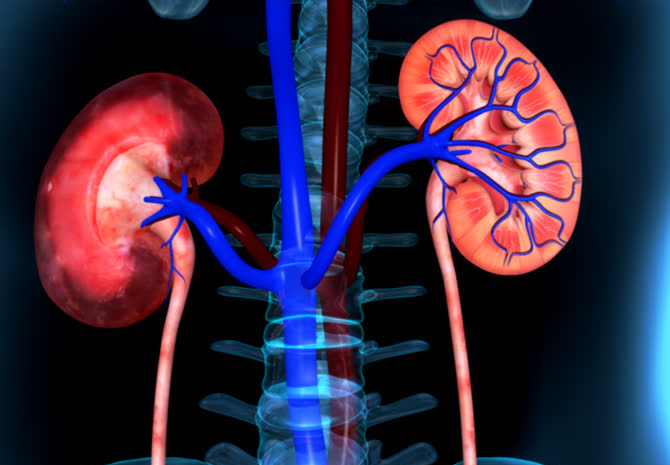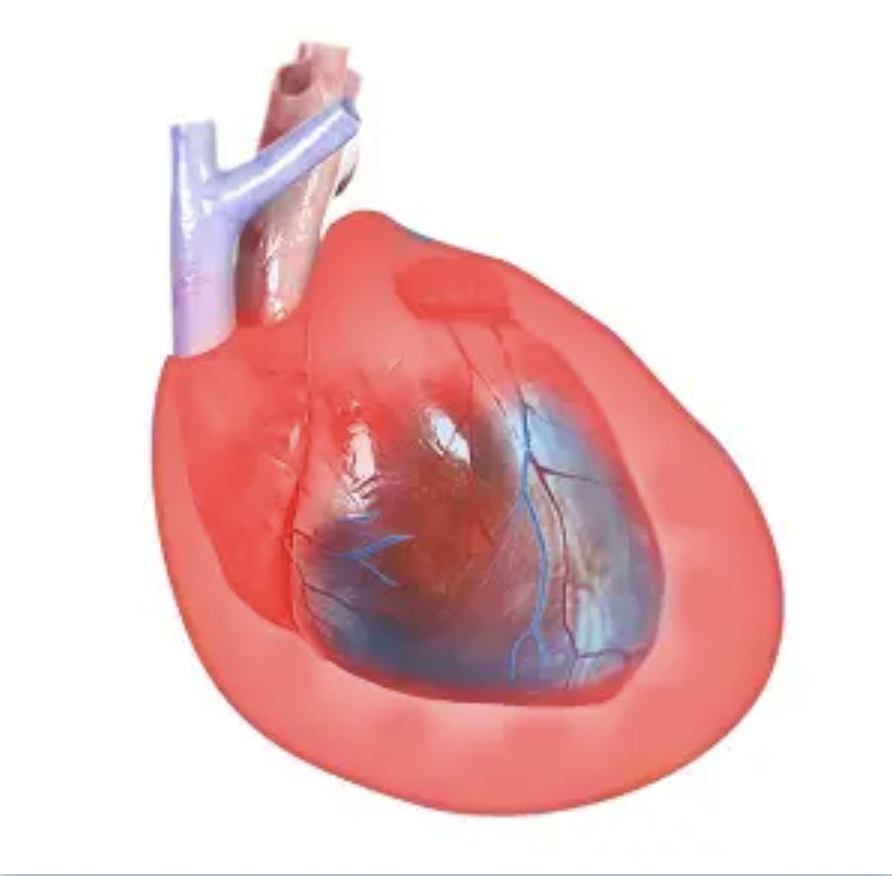Author : Dr. Prajwal ( MD Internal Medicine )
Myasthenia Gravis is a neuromuscular disorder that is characterized by weakness and fatigability of skeletal muscles. It is Caused by antibody mediated blockade of neuromuscular transmission which results in weakness of skeletal muscles and rapid fatigue of muscles. The autoimmune attack occurs when autoantibodies forms against the nicotinic acetylcholine Post synaptic receptors at neuromuscular junction of skeletal muscles.
The Anti – AChR antibodies reduce the number of available AChRs at the neuromuscular junction by 3 distinct mechanisms :
1: Damage to Post synaptic muscle membrane mediated by antibodies and complement.
2: Blockade of active site of the AChR
3: Accelerated Turnover of the AChR
Antibodies :
1: Anti acetylcholine receptor antibody which is seen in more then 85% of patients
2: Anti musk antibody which is seen in about 10% of patients, which is seen in mostly those with negative AchR
3: Anti – lipoprotein related Protein 4 antibody
4: Anti argin antibody
5: Anti Netrin – 1 receptor antibody
6: Antistriational antibody
7: Anti Caspr – 2
Causes of Manifestation :
About 75% of the Patients with Myasthenia Gravis are having Thymus abnormality. The muscle like cells within the thymus is called as myeloid cells, which express AChRs on their surface. These cells are known to serve as Autoantigen and trigger autoimmune reactions within thymus gland. This stimulates the production of autoantibodies , Thus causing the Myasthenia Gravis.
Note : Thymus is abnormal in 75% of patients with AchR antibody positive MG. In these cases Thymus is Hyperplastic. 10% of patients show symptoms of Thymoma.
Clinical Manifestations :
1: Ptosis and / or Diplopia are the initial symptoms of the MG in up to 85% of patients . The Ptosis may increase with sustained upward gaze or by holding up the opposite eyelid with examiners finger ( CURTAIN SIGN)
2: When Myasthenia Gravis becomes generalised, Proximal muscles of the limbs are Affected first .
3: Despite muscle weakness, DEEP TENDON REFLEXES remains normal.
4: Snarling expression on smiling ( Facial weakness), Nasal Timbre of speech (Weakness of palate and Tongue), Swallowing difficulty maybe seen.
5: Bulbar weakness and Respiratory depression are seen more frequently in cases of MuSK antibody Positive Myasthenia Gravis.
DIAGNOSIS :
1: Anti AChR antibody immunoassay : 85% of Myasthenic patients have detectable anti – AChR antibodies, but only 50% of patients with weakness limited ocular muscles. Presence of Anti AchR antibody is highly suggestive of MG, But a negative test does not exclude the disease. Antibodies to MuSK and LRP4 are found in some patients.
2: Recurrent Nerve Stimulation test : MG shows a decremental response > 10%, while Lambert Eaton Myasthenic syndrome shows incremental response.
3: Positive Edrophonium test (Tensilon test) : Improvement of Ptosis on administration of anticholinesterase such as Edrophonium
4: Positive Ice pack test : Improvement of Ptosis on application of ice pack on affected eye
5: Block and jitter response on single fiber electromyography.
MANAGEMENT :
1: Symptomatic Treatment : Anticholinesterase agents – PYRIDOSTIGMINE is the initial Therapy of choice.
2: Chronic Immunomodulating therapy : Glucocorticoids ( Prednisone) and Immunosuppressive drugs ( Mycophenolate Mofetil, Cyclosporine, Azathioprine) implemented in patients significantly symptomatic on PYRIDOSTIGMINE.
3: Rapid Immunomodulating therapy : IVIG and Therapeutic Plasma exchange —- used to tide over severe illness ( Myasthenic crisis) and as bridge therapy before surgery or starting chronic Immunomodulating treatment.
4: Surgical approach : Thymomectomy is indicated in most AChR – Ab positive patients with generalised Myasthenia Gravis. Thymomectomy is recommended for all patients < 60 years of age with non thymomatous, acetylcholine receptor antibody associated generalized Myasthenia Gravis. Significant improvements in symptoms is expected within one year after Thymomectomy. It is indicated in all patients with thymoma If resection is feasible , regardless of subtype of Myasthenia Gravis.





Leave feedback about this